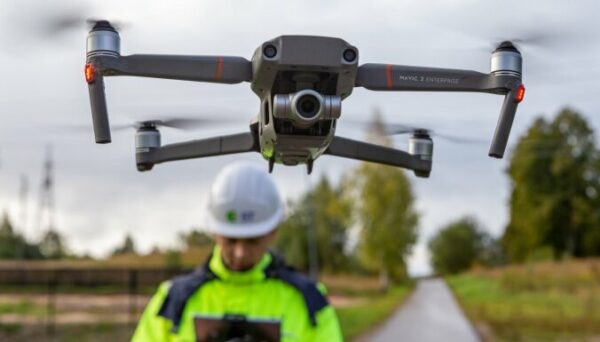Sadales tīkls inspection team flight training took place from 13th of September until the 16th of September 2021. During that time period, Hepta’s specialists demonstrated how to fly with drones and how drone inspection workflow looks. Following the demonstrations, Sadales tīkls employees started conducting drone inspections on their own. Their operations were observed and they were given constant feedback by Hepta’s specialists. Additionally, the Sadales tīkls inspection team was instructed on how to upload the gathered data and how inspection works in Hepta Insights.
At the start of flight training, the pace of drone inspections was limited, which is understandable and usual for novice operators. But with every passing day, the inspectors were able to cover more and more ground, raising the pace considerably. Given that some of the lines were located in forests, had dense vegetation around them or were in wetlands, the drones enabled faster inspection and less demanding work from the Sadales tīkls operators.
By the end of the training period, the Sadales tīkls inspection team’s data collection pace was two times faster, than what usually on-foot patrols gather. Due to their excellent knowledge of the inspection process, quick understanding of drone piloting requirements and the potential shown during the initial training, the pace is expected to greatly grow in the future.
In addition to faster data gathering, Sadales tīkls inspection teams also became quite efficient in using Hepta Insights for analysis, thus enabling quick detection of defects. “Before we started these tests, it seemed that it would be a very complicated platform to do our inspections in, but I was rather amazed at its simplicity and intuitive operations. After a few minutes of learning, we were able to navigate relatively freely in a program that does such a filigree job of analyzing the photos,” commented Sadales tīkls master Edgars Juka.




